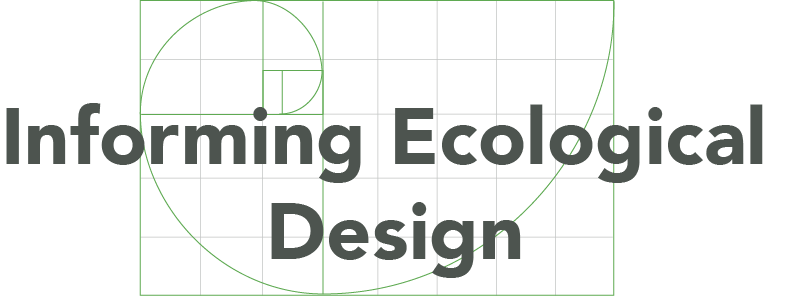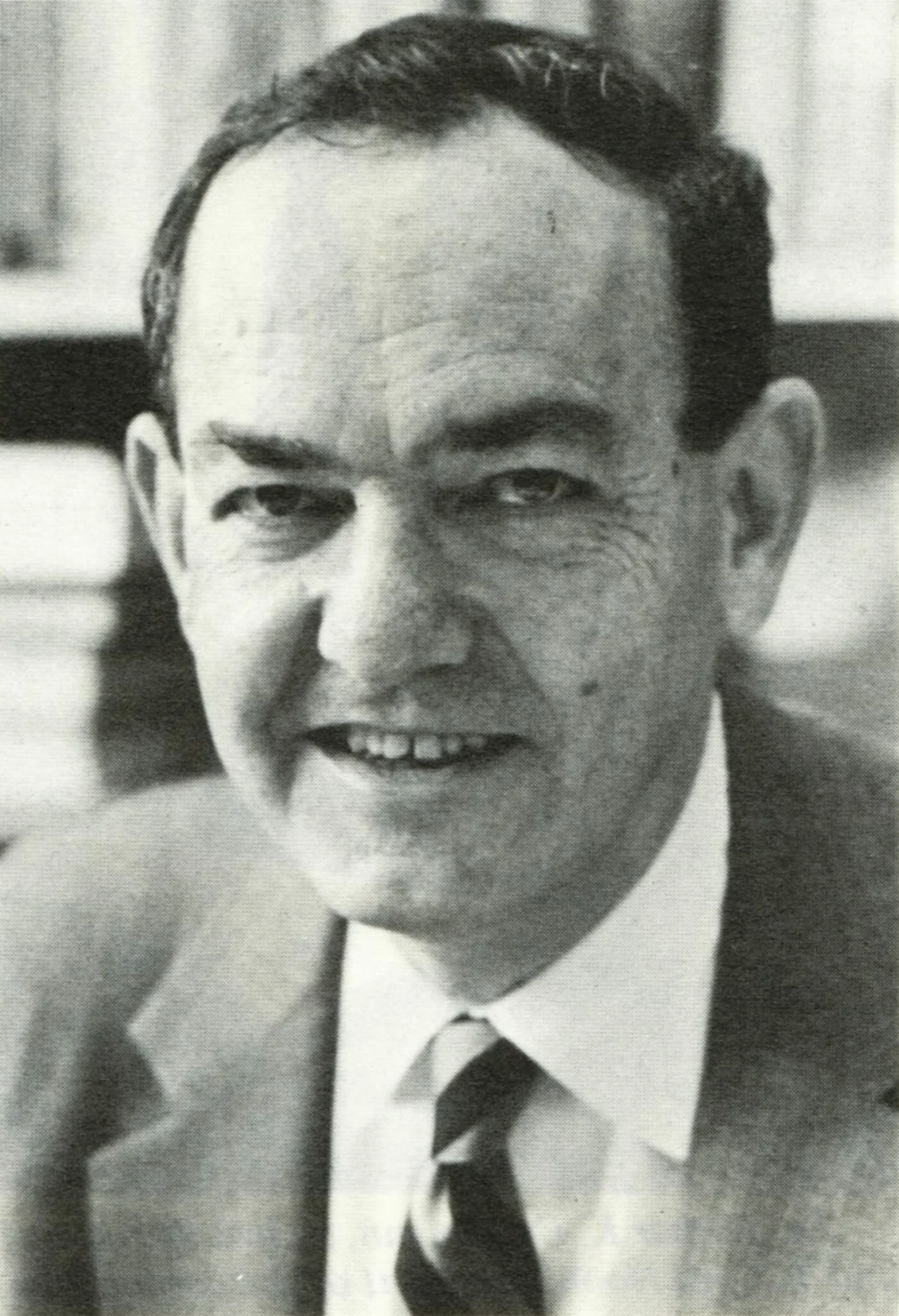Information and Attention
In 1971, Herbert Simon gave a talk, “Designing Organizations for an Information-Rich World” (M. Greenberger (Ed.) (1971), Computers, Communications, and the Public Interest. Baltimore, MD: The Johns Hopkins Press, pp 38-72). Simon, a 20th-century polymath, was awarded the 1978 Nobel Prize in Economics for his research into organizational decision-making processes.
While Simon’s information-rich world in 1971 was driven by broadcast television and ubiquitous photocopying, his insights apply to a 2025 world with vastly more sources of information and billions of hand-held, internet-connected devices.
Listen and Think More, Talk Less
In the talk, Simon outlined the core challenge of an information-rich world:
“…in an information-rich world, the wealth of information means a dearth of something else: a scarcity of whatever it is that information consumes. What information consumes is rather obvious: it consumes the attention of its recipients. Hence a wealth of information creates a poverty of attention and a need to allocate that attention efficiently among the overabundance of information sources that might consume it.” (pp. 40-41).
Aligned with his career-long contributions to organizational decision-making, Simon addressed the main question of his presentation: “How can we design organizations, business firms, and government agencies to operate effectively in such a world? How can we arrange to conserve and effectively allocate their scarce attention?” (p. 41).
Simon then offered a design principle, focused on information-processing systems:
“An information-processing subsystem (a computer or a new organization unit) will reduce the net demand on the rest of the organization’s attention only if it absorbs more information previously received by others than it produces—that is, if it listens and thinks more than it speaks.” (p. 42, italics in the original).
Simon continues:
“To be an attention conserver for an organization, an information-processing system (abbreviated IPS) must be an information condenser. It is conventional to begin designing an IPS by considering the information it will supply. In an information-rich world, however, this is doing things backwards. The crucial question is how much information it will allow to be withheld from the attention of other parts of the system.”
“Basically, an IPS can perform an attention-conserving function in two ways: (1) it can receive and store information that would otherwise have to be received by other systems, and (2) it can transform or filter input information into output that demands fewer hours of attention than the input.” (p. 43)
Reminders for my next projects—Thanks, Herb!
Reconsider the default and overly broad project requirement to “engage senior leadership”. Senior leaders’ attention is a scarce resource. How can a proposed project conserve the attention of leaders? What is the least amount of attention that the project requires from them?
Better operations problem-solving conserves a leader’s attention. If an organization develops conditions and structure so that people close to problems are responsible and able to solve most of them, and these people also know the conditions that require a call for help, leaders can trust that most operational problems will not engage their attention. To build trust in operations problem-solving, leaders should regularly conduct “Go See” visits to observe local problem-solving efforts. Ask questions to learn help people get better at problem-solving.
Work with data and measures that already exist. “Good enough” measures that already exist conserve attention better than new, slightly better measures that take effort to build, understand, and interpret.
Listen and think more, speak less. Automated transcriptions of my coaching calls with project teams show that I talk more than I listen. I have opportunities to sharpen my inquiry to understand obstacles and successes—ask better questions, listen and think more. Speak less!











